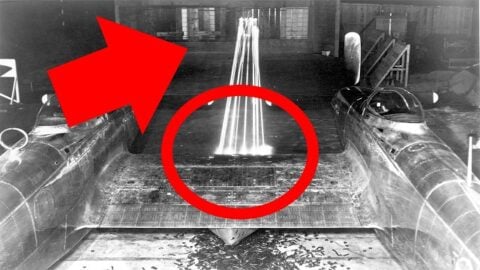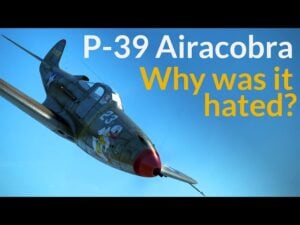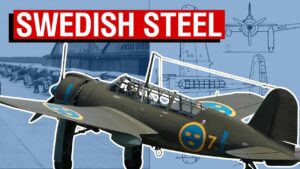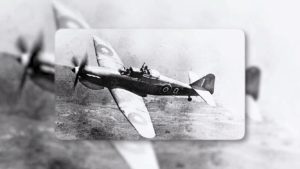America’s Strangest Plane Destroys an Entire Army

YouTube / Dark Skies
June 27, 1950. Seoul has fallen, and chaos grips Suwon Airfield. North Korean fighters strafe the runway, destroying transport planes in fiery explosions. Hundreds of American civilians are trapped, their last hope of escape burning away one aircraft at a time. Enemy tanks are less than twenty miles out and closing fast.
Then, radar operators pick up five unidentified contacts approaching from the Yellow Sea. The North Korean flight leader looks through his La-7’s canopy, confused by what he sees. Two fuselages joined together, wings wide and unfamiliar—it’s unlike any aircraft he’s ever encountered. His squadron, undefeated after three brutal days of combat, races toward Suwon. None of them realize that more than 1,500 lives now depend on these strange American planes.
The Korean War Begins
The Korean War erupted without warning. On June 25, 1950, ten divisions of the North Korean People’s Army stormed across the 38th parallel. Seoul fell in just three days as retreating South Korean troops destroyed bridges in vain attempts to slow the advance.
The United Nations reacted with unprecedented speed. Two days after the invasion, the Security Council approved military intervention. U.S. and British naval forces moved into position around the peninsula, and Suwon Airfield, just south of Seoul, became the last operational strip within range of the front. To defend it, the U.S. Far East Air Forces scrambled fighters from Japan.
Enter the Twin Mustang
The first to arrive were the F-82G Twin Mustangs, unusual twin-fuselage fighters originally built for long-range escort missions. Each carried six .50 caliber machine guns and two pilots—one flying, the other operating radar. With a top speed of 465 mph and a range of 1,400 miles, the F-82 could reach Korea from Japan and still have fuel for extended combat.
On June 27, five Twin Mustangs departed from Japan to escort four unarmed C-54 Skymaster transports evacuating American civilians from Suwon.
The Battle Over Suwon
As the transports neared the Korean coast, radar detected enemy fighters approaching. Moments later, five North Korean La-7s attacked. The F-82s broke formation and met them head-on.
Lieutenant William G. Hudson and radar observer Lieutenant Carl Fraser downed one La-7, scoring the first aerial victory of the Korean War. Two more enemy fighters were destroyed soon after.
When the battle ended, the transports escaped safely, and the Twin Mustangs returned to base—having written the first chapter of American air combat in Korea and proving that the legacy of the Mustang still ruled the skies.




















